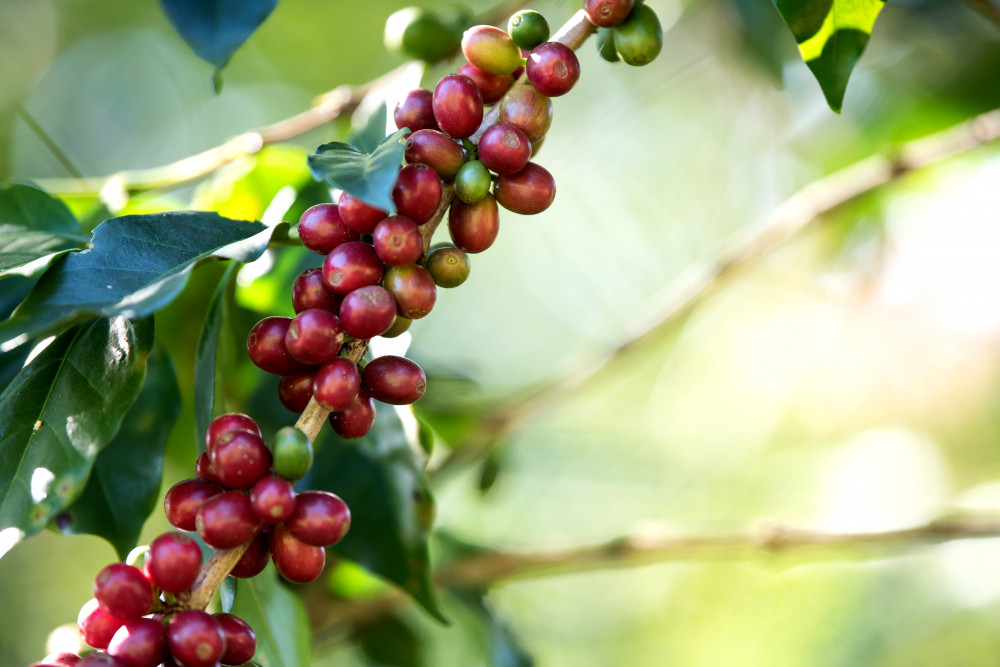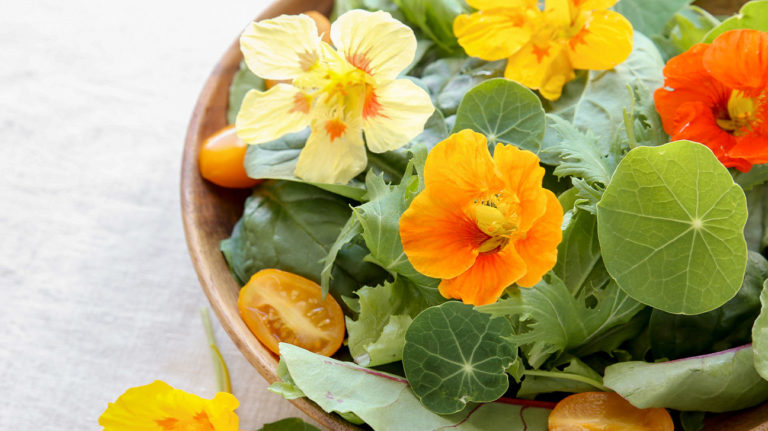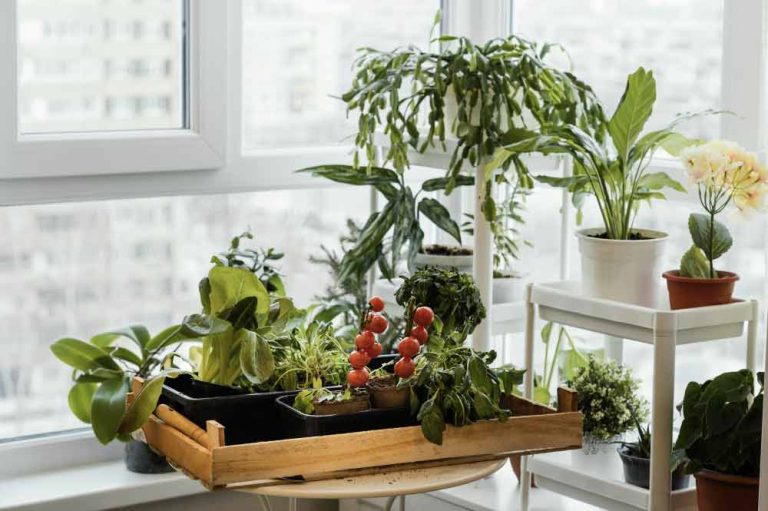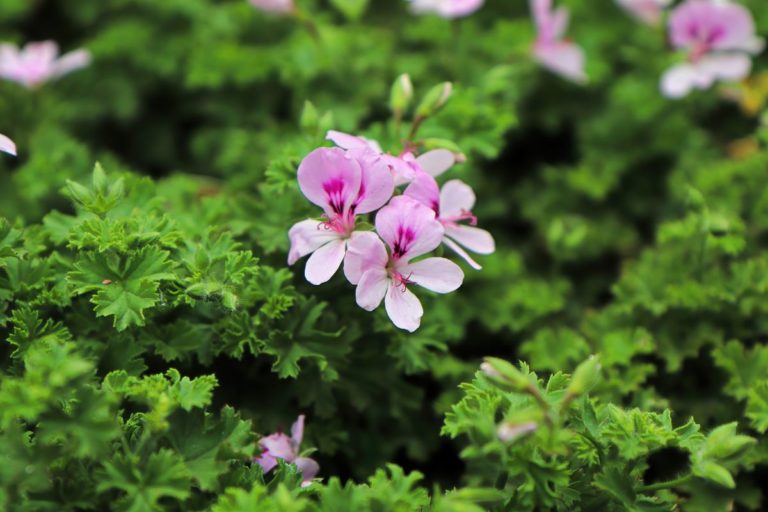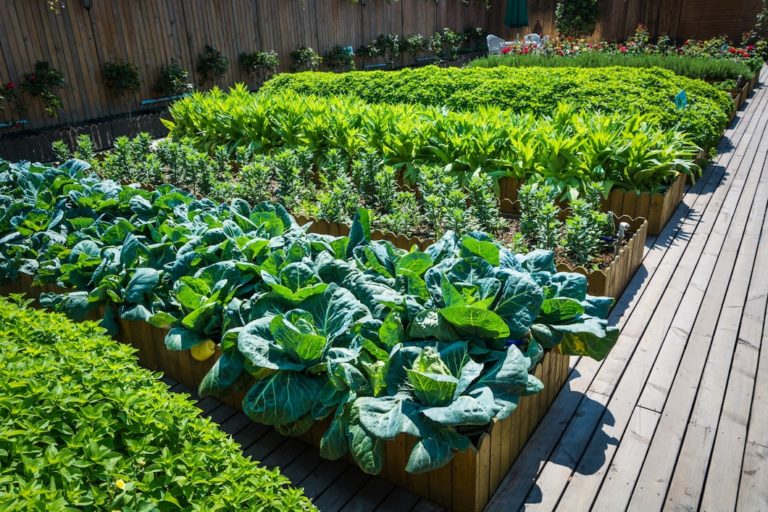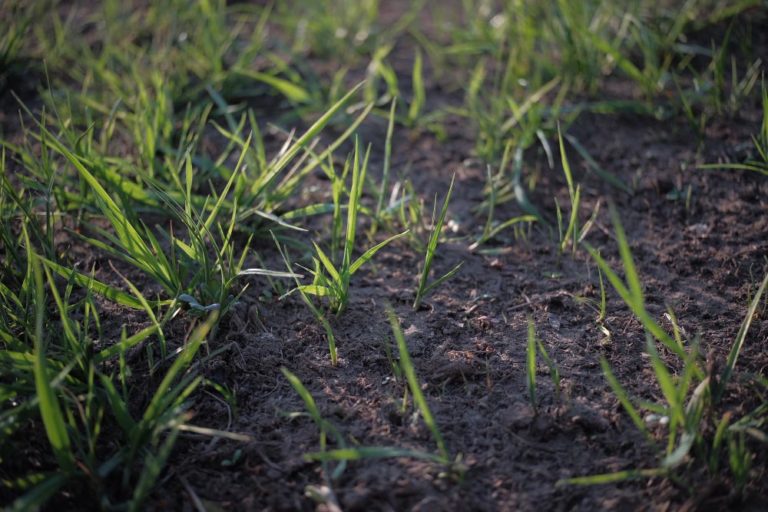The Complete Guide to Growing Delicious Coffee at Home
One of the most common questions that come to the mind of every coffee lover is: can you grow your own coffee? For a regular coffee drinker, buying coffee from a cafe or buying coffee beans and brewing fresh coffee at home is the natural option. However, for huge coffee enthusiasts who love having it multiple times a day, having their own coffee plant can be a wise choice.
So, if you belong to the latter category and are wondering whether or not you can grow your own coffee, you have reached the right blog post.
Now, coming to the central question of this blog, the short answer is yes. You can grow your own coffee at your home. However, growing coffee in your home isn’t as easy as growing potatoes. You will have to be careful and follow some specific instructions to ensure that your coffee plant turns out to be good and healthy.
Thus, you will have to read this piece until the end for a longer and more detailed answer. By the end of this piece, you will have a pretty clear idea about how to plant and grow your own coffee successfully.
So, without further ado, let’s get started!
Growing Coffee Plant at Home: How to Get Started?
The first thing you should know about growing coffee is that coffee beans require particular conditions to be cultivated properly. So, if you are serious about growing coffee at your home, you should start by planning a proper space.
There is no right or wrong location for planting your coffee plant; it depends on your convenience. Specifically, you can easily plant coffee on your terrace (if you have it available) or on the balcony. You can also grow it outdoors, like in your garden or backyard.
However, if you decide to grow your coffee indoors, remember to keep your plant away from direct sunlight. Direct sunlight can harm your plant’s growth and affect its performance. Coffee plants love to be under diffused sunlight. So, ensure to give them plenty of diffused sunlight.
Further, if you have a sprawling backyard and have decided to grow your coffee plants there, ensure to dedicate enough space for them. Naturally, outdoor plants become considerably larger than indoor plants. Thus, they will need more space to thrive and reach their full potential.
Arabica coffee is believed to be the best choice when it comes to growing coffee at home. This is because they are easy to grow in pots and can survive well in indoor conditions.
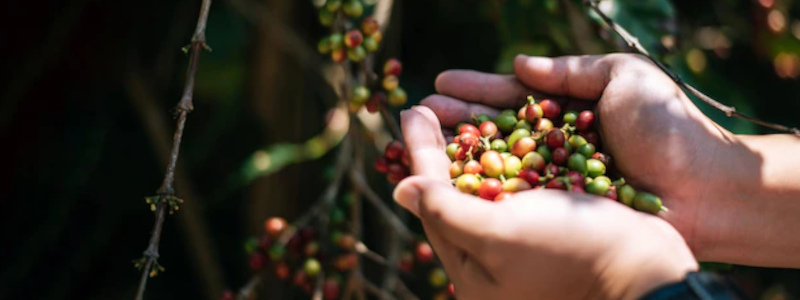
Top Tips for Growing Coffee at Home
Now that we have discussed some basic stuff let us reveal our top tips for growing coffee at your home. These tips will offer you a lot of clarity regarding coffee plantation and help you grow and harvest fresh coffee beans without any hassle.
Maintain the ideal soil conditions
The soil conditions are the most important thing you will need to get right for growing coffee at home. If we talk about arabica coffee, it is quite acidic in nature. It has a high nitrogen content and a pH value of between 6 and 6.5
Thus, your soil needs to be properly enriched and plenty of nutrients to keep your coffee plant healthy and thriving. The best way to prepare the soil for your coffee plants is by adding bone meal, dried blood, and ample manure. It makes the soil quite rich and ideal for your coffee beans.
Further, the coffee plant is known to love and enjoy soil that is rich in iron and has a low pH value. You can easily create this condition in your home by mixing some volcanic rocks in your soil. Further, it is crucial to ensure that the soil has good drainage abilities so that your plant gets just the right amount of water and excess water doesn’t ruin its performance.
Watch out for the pests.
Pests are indeed a nightmare for all the gardeners out there. If you have been gardening for a while, you’ll agree with us. But if you have just started your gardening journey, you will soon find out how problematic pests can be!
It is said that prevention is always better than cure. And the same is true for your plants as well. So while there are several ways to deal with coffee plant pests, it is a much smarter choice to prevent them in the first place.
Common pests that wreak havoc in your coffee plants include mites, mealybugs, coffee berry borers, ants, and scale insects. The best way to keep these pests away from your coffee plant is by keeping them clean and free from dust.
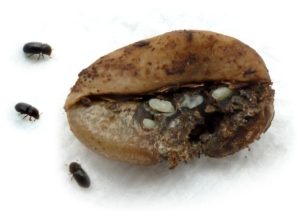
Pests like mites are often attracted by dusty houseplants, so clean the leaves and stems of your coffee plants thoroughly every once in a while.
Additionally, if pests still manage to reach your coffee plants, try to get rid of them through organic pest control products. As a gardener, your goal should be to always use the least toxic method to maintain the health of your coffee plant.
The right light is essential.
Along with the soil, sunlight also plays a crucial role in determining the overall health of your coffee plant. As mentioned above, direct sunlight is a strict no-no for coffee plants. So, if you decide to grow them outside, plant them under the shade or the canopy of other large trees in your garden.
On the other hand, if you decide to grow your coffee in a small pot inside your house, keep it in the right spot with diffused light. For example, you can keep it behind the glass of your window where direct sunlight cannot reach them.
Alternatively, you can also choose artificial-grown lights to create the ideal light conditions in which our coffee plant can thrive.
Learn about coffee plant disease
Along with pests, plant diseases also can harm your coffee plant. Thus it is essential to learn about the common coffee plant diseases and find ways to keep them at bay.
One of the most common ways to discover whether your coffee plant has caught some disease is by observing the color of its leaves. If you see that the leaves are changing yellow or brown from green, it is an indication that your plant health isn’t well.
Similarly, check the wood under the bark of our coffee plant. If the wood is also discolored, your plant may be sick. Further, keep an eye on the cherries of your coffee plant. Make sure that they look fresh at all times and aren’t rotting.
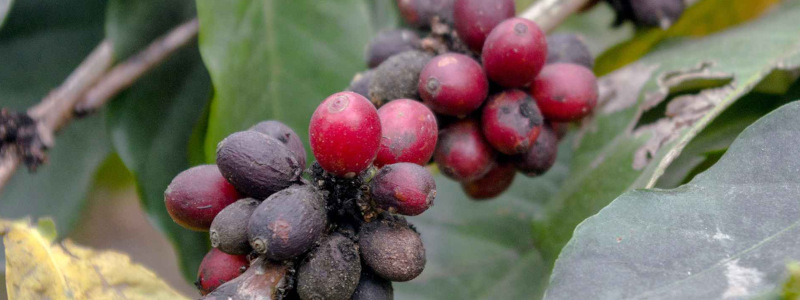
Pruning is important
It is vital to manage the size of your coffee plants. Your outdoor coffee plants can become tall if left on their own. Sometimes as high as 40 meters. If you don’t want such gigantic plants and managing them can be a hassle, pruning is essential.
Simply put, pruning is the activity where a gardener selectively removes certain parts, including branches, leaves, or buds, from a tree. This helps in controlling its size and enhancing its visual appeal.
Steps for Growing Your Own Coffee at Home
Now that you have learned the most important tips for growing good-quality coffee at home, it’s time for real action! How exactly can you grow your own coffee? This section will talk about it and more.
Before we start with the steps for growing coffee, let us tell you that just one, two, or even five coffee plants won’t b able to fulfill your entire coffee consumption needs. A single coffee tree produces just about 4,000 coffee beans annually, which is not a lot. So, if you want to replace your local cafe or rooster and consume only your home-grown coffee, you must plant at least 30 – 40 coffee trees.
We will tell you some super easy steps to grow your home coffee. By following them, you can plant your first coffee plant and grow delicious coffee beans in no time.
Step 1: Select the coffee you want to grow.
As we said before, there are multiple varieties of coffee available out there. However, when it comes to growing coffee at home, most people prefer to choose Arabica coffee or Robusta coffee.

Arabica coffee tastes delicious. It is superior in taste to Robusta coffee. However, it doesn’t respond well in harsh climates. So, if you plan to grow Arabica coffee at home, you need to work extra hard to maintain its ideal temperature and soil conditions.
The only problem with this variety of coffee is that, unlike Arabica coffee, the Robusta coffee plant isn’t self-pollinating. This means that the plant will need the help of bees to flower and produce coffee beans. On the other hand, Robusta coffee can tolerate harsh climates, and thus, it is comparatively easier to grow it in your home.
So, if you do not have pollinators at your place, growing Robusta coffee isn’t a brilliant choice.
Step 2: Get your coffee seeds.
Once you have decided which coffee you want to grow, it’s time to outsource the coffee seeds. If you live in a coffee-producing nation, you can get freshly picked coffee cherries for planting at home. This benefit is that you will not have to germinate them at home. Instead, you can plant them directly.
However, if you do not stay in a coffee-producing nation, you can still buy coffee seeds from several places. For example, you can get your favorite green beans from your local roaster or visit an accredited nursery and purchase green beans from there.
Step 3: Pre-germination is important.
If you got your coffee seeds from your local roster, it is crucial to pre-germinate them for planting. If you plant the seeds directly without pre-germinating them first, they will not be able to sprout or grow properly.
Pre-germination is when green coffee beans are soaked in water to enhance their moisture content and prepare them for actual germination.
Thus, after bringing the green coffee beans home, ensure to soak them in the water for at least 24 hours.
Step 4: Germinate the seeds.
After the pre-germination process, you will have to germinate your green coffee beans before you move ahead with their plantation. While it may sound complicated, germinating the coffee seeds at home isn’t very complicated.
You can easily do it by sowing the pre-germinated seeds into a planting medium. You can use burlap bags or coffee sacks for this. You can put some moist soil in a container and place the pre-germinated coffee seeds into it.
Don’t forget to create some holes in the container to facilitate proper drainage. You must water the seeds twice daily to ensure their proper growth and development.
Germination of green coffee seeds is a long process and generally takes as long as six to eight weeks to be completed – even more for older coffee beans. So, be patient and treat your coffee beans with love throughout the process!
Step 5: Plant the seedlings.
After months, when your green coffee beans are properly germinated, you will have to transfer them into a pot or any other suitable growing medium.
Most growers prefer to plant their coffee seedlings into individual growing bags for the best results. However, you can also plant them in a pot and place them either in your backyard or keep them inside your home.
While transferring the seedlings into a post, use soil with high iron and humus content. As mentioned in the above section, prepare the ideal coffee-growing soil. Use bone meal, manure, dried blood, volcanic rocks, and other organic materials.
To plant the seedlings, you must make at least a 1.5-inch deep hole into the soil and then carefully transfer the seedlings. Ensure the roots fit in properly and are not protruding outwards. Doing so will ensure that the roots get enough nutrition and can thrive well.
Initially, keep the pots inside your house and expose them to controlled light when the seedlings have not started growing. Once they grow into adorable little plants, they will become more capable of handling outside conditions. You can then transfer the pots to your garden or backyard.
However, remember to keep them away from direct sunlight. To do this, you can either keep them in the shade or cover them up with plastic.
And there you go! You have now learned how to grow and plan your coffee at home!
Managing and Tending to Your Coffee Plants
While planting the coffee seedlings is the major part of the process, your job isn’t done.
After their plantation, the little coffee plants will require great care, water, and food to grow into healthy, giant plants that produce coffee cherries. And for that, you will have to tend to them correctly. Here are some tips for the same:
Watering your coffee plants
Water management is a crucial part of growing coffee at home. You must ensure that your plants get proper moisture at all times.
Remember, while providing moisture is essential, your coffee plants don’t need water daily. In fact, watering them once a week will be sufficient. Ensure the soil isn’t dry, and you’ll be good to go!
Sunlight
To bloom to their full potential, your coffee plants need four to five hours of good sunlight every day. Make sure the light is bright enough but isn’t falling directly on your plants.
Nutrition or fertilizers
Along with water and sunlight, your coffee plants also need food (nutrition) to grow. For that, you can buy high-quality organic fertilizer. Ensure that the fertilizer you purchase contains ample zinc, nitrogen, phosphorus, potassium, calcium, and other necessary nutrients.
Summing Up
Growing coffee at home is not an easy process in any way. It requires a lot of patience, practice, and preparation.
However, growing coffee at home can be worth it if you love gardening. It will be a whole new experience for you – one that will teach you a lot about patience and hard work. And you will enjoy delicious home-grown coffee after a few months of hard work!
Related Posts:

